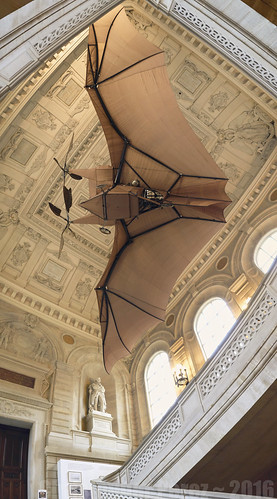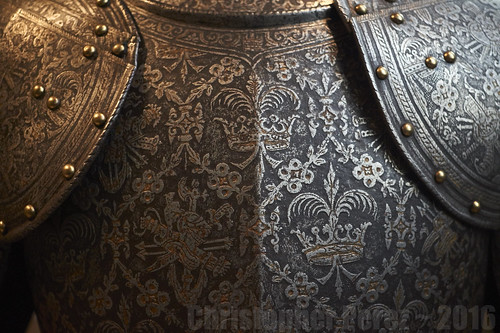LensWork Magazine is sponsoring a short image essay challenge. It's something they call Seeing in Sixes.
After a few Full Strength Belgium Quadruples I sat and thought a bit about the approach of setting the size of a project to 6 images. I have three projects that have yet to be completed. Two are related to street art and the third is devoted to the role of Alchemy in Catholicism. Alas, these are rather large efforts and I just don't seem to find the time to concentrate on them to bring them completion.
A mini-project, on the other hand, would allow me to select a few images that fit a theme and for me to quickly complete a work and make it available for distribution.
If I read between the lines, the folks at LensWork Magazine are attracted by the quiet, reclusive, spiritual aspects of the Japanese culture. Perhaps this is why the idea of a shorter, more succinct imaging effort appeals to them. The approach seems to offer: Cut out all the fluff and get down to the very core of what you want to say.
Recently my wife and I visited two museums in Paris that don't usually get Top Billing on anyone's Must See list. These kinds of places attract me for the lack of crowds, poor light, yet potentially interesting subjects.
At the Musee des Arts et Metiers we paid close attention to their exhibits of pre-1900's aircraft. One example seemed to lend itself to setting the basis of a short image essay. Clement Ader's 1897 steam-powered Avion III is an engineering marvel.
Here is my short image essay of Avion III

The very next day we visited la musee de l'Armee at Invalides. The light was low and indirect, and the exhibits felt old and musty. And yet... and... yet... the way the light bounced, shimmered, wriggled, and slide off ancient steel... there had to be short story in there, too.
Here is my short image essay on Medieval Steel

I was able to process, collate, edit, and distribute these in less than four days. While the approach might not be appropriate for everything I do, I'm happy to have read LensWork to pick up on an interesting idea.
After a few Full Strength Belgium Quadruples I sat and thought a bit about the approach of setting the size of a project to 6 images. I have three projects that have yet to be completed. Two are related to street art and the third is devoted to the role of Alchemy in Catholicism. Alas, these are rather large efforts and I just don't seem to find the time to concentrate on them to bring them completion.
A mini-project, on the other hand, would allow me to select a few images that fit a theme and for me to quickly complete a work and make it available for distribution.
If I read between the lines, the folks at LensWork Magazine are attracted by the quiet, reclusive, spiritual aspects of the Japanese culture. Perhaps this is why the idea of a shorter, more succinct imaging effort appeals to them. The approach seems to offer: Cut out all the fluff and get down to the very core of what you want to say.
Recently my wife and I visited two museums in Paris that don't usually get Top Billing on anyone's Must See list. These kinds of places attract me for the lack of crowds, poor light, yet potentially interesting subjects.
At the Musee des Arts et Metiers we paid close attention to their exhibits of pre-1900's aircraft. One example seemed to lend itself to setting the basis of a short image essay. Clement Ader's 1897 steam-powered Avion III is an engineering marvel.
Here is my short image essay of Avion III

The very next day we visited la musee de l'Armee at Invalides. The light was low and indirect, and the exhibits felt old and musty. And yet... and... yet... the way the light bounced, shimmered, wriggled, and slide off ancient steel... there had to be short story in there, too.
Here is my short image essay on Medieval Steel

I was able to process, collate, edit, and distribute these in less than four days. While the approach might not be appropriate for everything I do, I'm happy to have read LensWork to pick up on an interesting idea.
No comments:
Post a Comment